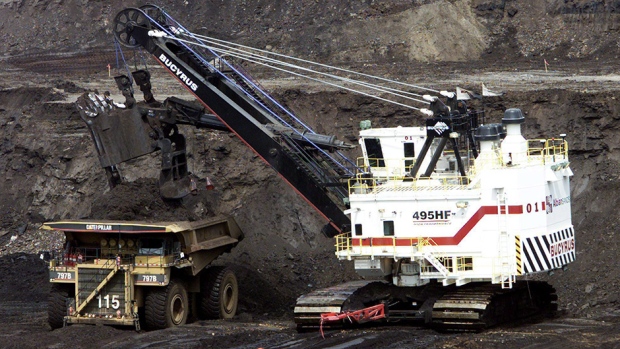Sep 29, 2017
Canada GDP unchanged in July as oil and gas decline
, Reuters

Canadian economic growth slowed to a halt in July, hit by a decline in manufacturing and oil extraction and giving the central bank room to take its time to further raise interest rates.
The gross domestic product was unchanged in the month, Statistics Canada said on Friday, falling short of economists' expectations for an increase of 0.1 per cent and ending eight consecutive months of growth. The economy grew by 0.3 per cent in June.
The Bank of Canada raised interest rates in July and September after the country's economy posted the fastest growth of the Group of Seven major economies in the first half of 2017.
Analysts expect the pace of expansion to cool in the second half of the year.
"We suspect that the slower start to Q3 gives us the flavor of things to come," Nick Exarhos, economist at CIBC, wrote in a note.
"That's another reason why we see the Bank of Canada using a more gentle hand with tightening from here," he added.
Comments by Bank of Canada Governor Stephen Poloz earlier this week suggested another rate hike is not imminent, and the GDP report could provide more reason for the bank to tighten slowly.
Interest rate futures are pricing 22.5 per cent odds of a hike at the bank's next monetary policy meeting in October, while the probability of an increase in December declined to 65.2 per cent from 75.2 per cent before the data was released.
"On the heels of the dovish tone to the governor's speech earlier this week, it does make a rate next month look less likely, all else equal," said Andrew Kelvin, senior rates strategist at TD Securities.
The Canadian dollar weakened against the greenback following the report.
The mining, quarrying and oil sector fell 1.2 per cent, dragged lower by the fall in oil extraction and support services for petroleum and mining. However, mining activity rose.
Manufacturing fell 0.4 per cent as transportation equipment and vehicle production decreased. Construction declined 0.5 per cent as fewer homes were built, while home improvement activity was also down.
Wholesale trade rose 2 per cent, its biggest increase since September 2014, on broad-based gains across industries including building materials, and machinery and equipment.
Separate data showed Canadian producer prices rose by a less-than-expected 0.3 per cent in August on higher costs for energy and petroleum products as some refineries in the United States were shut down due to Hurricane Harvey.